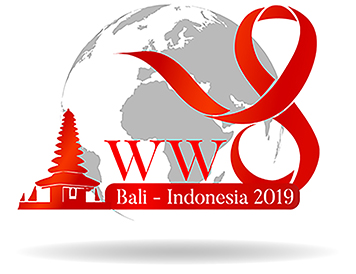Firsa Antika Pramesti, Irna Sufiawati, Anggraini Alam
University of Padjadjaran, Bandung, West Java, Indonesia.
Oral Medicine, University of Padjadjaran, Bandung, West Java, Indonesia.
Pediatrics, University of Padjadjaran, Bandung, West Java, Indonesia.
Abstract
Objectives: To analyse the relationship between oral lesions, def-t and DMF-T index with CD4+ levels in HIV/AIDS children.
Methods: This was an observational analytical study with cross-sectional design using medical record data of 53 pediatric patients with HIV/AIDS in Teratai Clinic of the Hasan Sadikin General Hospital made between December 2018 and March 2019. The study was approved by Padjadjaran University Research Ethics Committee. Data processing was done by using Spearman's Rank Correlation test.
Results: 53 HIV children on antiretroviral therapy (ART), aged 3-18 years, were enrolled in this study. CD4+ examination results showed that 35 children did not experience immunosuppression (66.04%), 8 children experienced moderate suppression (13.21%) and 10 children experienced severe suppression (20.75%). There were 15 types of oral lesions found in the patient's oral cavity.
The most common oral lesions were pigmentation related to antiretroviral therapy (24.53%), recurrent aphthous stomatitis (22.64%), and oral pseudomembranous candidiasis (18.87%). The def-t index was 6.5 (high) and the DMF-T index was 1.8 (low). The results of statistical analysis showed that CD4+ levels with def-t and DMF-T index had an inverse relationship with the Spearman's correlation coefficient were -0.039 and -0.134 (p> 0.05). CD4+ levels with oral lesions had an equivalent relationship with Spearman's correlation coefficient was 0.333 (p <0.05). The def-t and DMF-T index increase along with the decrease in CD4+ levels, while the number of oral lesions increases along with the increase in CD4+ levels.
There were several oral lesions that could be used as indicators of the immunosuppression level in HIV/AIDS children such as oral pseudomembranous candidiasis and linear gingival erythema.



